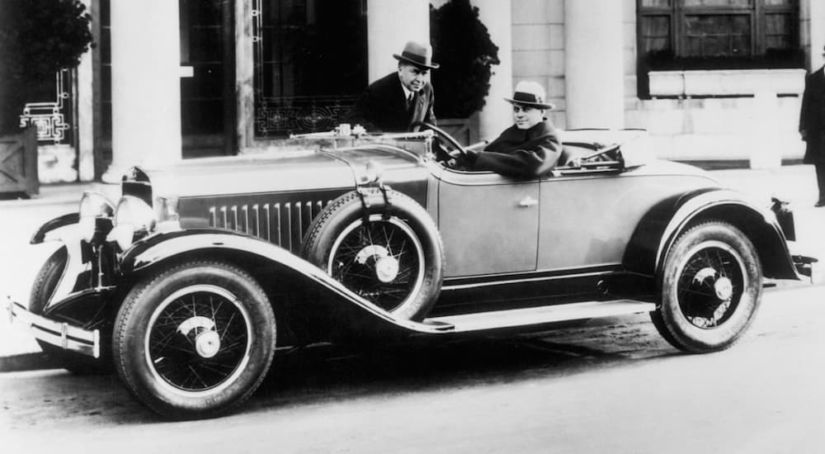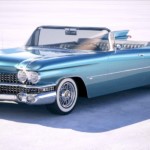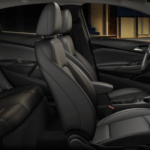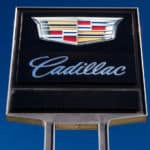Many consumers seem to have some kind of preconceived notion that used vehicles are beaten up, devoid of any style, and are barely-capable of hitting the open road. This obviously isn’t the case, as used-car buyers aren’t limited to random sedans. Instead, they can also opt for used luxury cars, which provides them all of the best amenities without the price tag.
Of course, it’s important to remember that these used luxury cars won’t be selling for the same price as your generic used sedan. They’ll still be a bit pricey, but you’ll notice a significant discount when compared to a targeted model’s newer counterpart.
Either way, if you’re in the hunt for used luxury cars, you might be wondering how this segment of vehicles even came into popularity in the first place. Predictably, the rise of luxury cars can mostly be attributed to only a single brand: Cadillac. The car manufacturer is still booming today, and they had a significant influence over the entire industry.
Continue reading to learn more about the evolution of Cadillac and the luxury car. While this might not necessarily help you as you’re shopping for used luxury cars, at least you’ll have some fun anecdotes to talk with your salesperson about.
Beginnings
Cadillac has established itself as one of the most popular car brands in the entire world, but the company may have never seen the light of day if it wasn’t for a (now) rival.
Henry Ford left his namesake-company in 1902. This led to two of his former investors to bring in an engineer to evaluate the plant, the accompanying equipment, and assets. Instead of liquidating all of their remaining assets, the engineer convinced the duo that they’d be improving their chances of making money by keeping the plant and opening their own car company. So that’s what they did.
Thus, the Cadillac Automobile Company was formed. The two financiers relied on the single-cylinder engine that was built by an engineer named, Mr. Henry M. Leland. The company then proceeded to create a pair of cars by the end of 1902: the Runabout and the Tonneau. Considering the Ford plant had been abandoned by Henry Ford earlier that year, this was a rather remarkable turnaround. But many historians attribute that to Cadillac’s lack of creativity.
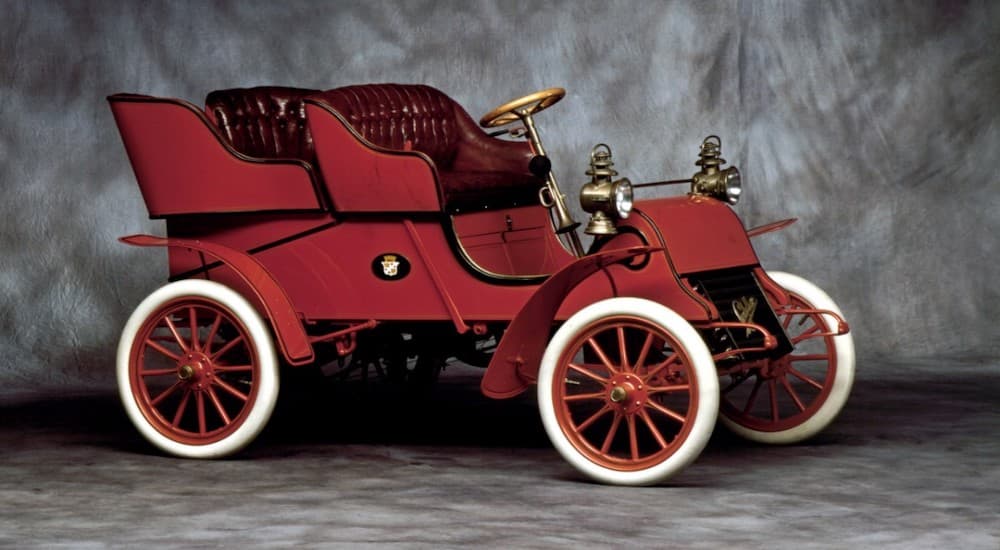
Specifically, both the Runabout and the Tonneau had a remarkable similarity to the Ford Model A, but there were some minor differences. Cadillac touted that its vehicles were better made than their competitors’ offerings. That didn’t matter to consumers, as these buyers were clearly looking for an alternative. After debuting the pair of Cadillac vehicles at the New York Auto Show in 1903, the company quickly earned 2,000 orders, seemingly validating their decisions to start their own company.
The company eventually merged with Leland’s separate company, leading to the development of the Cadillac Motor Company. Cadillacs quickly earned a name for themselves thanks to their luxurious amenities, features that had generally been absent in the industry. Of course, there were lower standards back in the early 1900s. The brand gained some of their “luxury” persona thanks to its ability to create the first fully-enclosed car. Clearly, the mark for “luxury” wasn’t all that high, but Cadillac continued to innovate nonetheless.
Either way, Cadillac continued to rise in popularity, leading to their purchase by General Motors in 1909. GM commissioned the company to produce general luxury vehicles, but they also requested some specialty rides, including limos and hearses. This only boosted the mainstream popularity of the brand, and this meant the company could continue to take risks on future innovations.
Future Innovations
If you thought the completely-enclosed car was impressive, then you won’t be shocked to learn that Cadillac continued to crank out spectacular new ideas. In 1915 the Cadillac V-8, Type 51 was born. The brand unveiled a hulking V8 engine, which was capable of delivering a (then) unprecedented 70 horsepower and 180 pound-feet of torque, which gave the Type 51 a top speed of 65-miles-per-hour. This meant that Cadillacs that were equipped with this engine weren’t even allowed on certain roads, as they exceeded the strict speed limit. Imagine if that happened today?
What else? Well, over the next several decades, the brand added several notable features to their vehicles, including:
V8 crankshaft
- Clutchless manual transmission
- V16 engine delivers 165 horsepower
- V8 engine with overhead valves, a feature that proved to be instrumental in the engines we have today
Prior to 1930, Cadillac continued to establish themselves as the standard for not only luxury vehicles, but all automobiles. This was emphasized when the Army chose the Cadillac Type 55 Touring Model as their vehicle-of-choice, and vehicles with coach-like bodies vicariously dominated the road before World War II.
The brand hired renowned automobile engineer Harley Earl to help boost the aesthetics of their vehicles. This led to several additional innovations, including a steel roof, as opposed to the typical wood top. Earl also helped develop the beloved LaSalle, a name that became synonymous with luxury during the 1920s.
These inventive additions to their vehicles boosted sales…temporarily. That was until the Great Depression almost took out the company altogether.
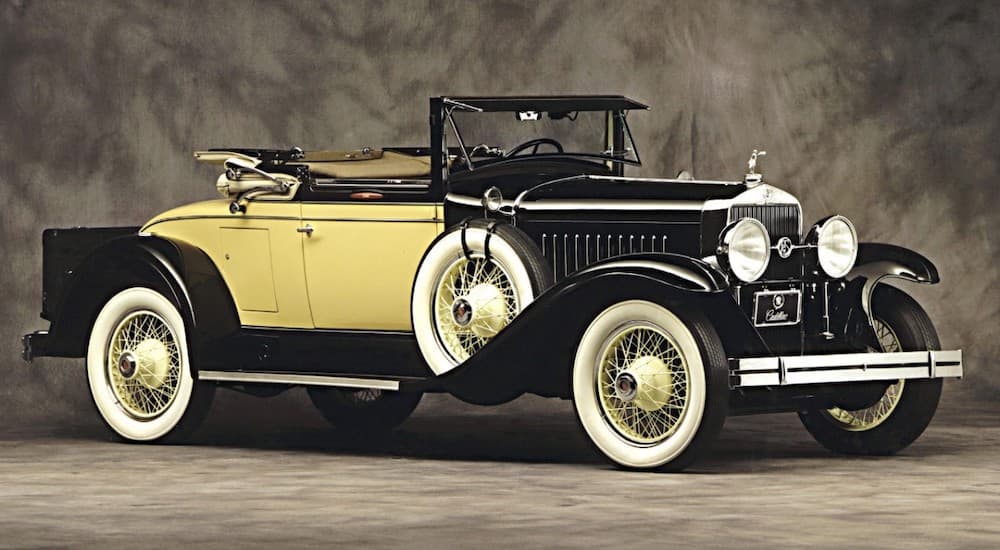
The Great Depression
When the Great Depression hit in 1929, Cadillac was sitting atop the automotive world, but their sales took a predictable hit over the next decade. For starters, consumers were interested in cost-conscious vehicles, and most buyers couldn’t afford Cadillac’s luxury offerings anymore. The brand also had a dated policy to restrict sales to African Americans; when this policy ended, sales quickly increased.
The brand emerged from the Great Depression with their sales back to an all-time high, but the brand began to dip their foot in the mid-priced segment by releasing the Series 60. As the brand continued to release affordable vehicles like the Series 61, they also added several new innovations to their ride, including the first mass-produced automatic transmission.
This was only the start, as the brand was about to dominate the industry for the foreseeable future.
Only the Start
Cadillac officially established themselves as the class of the luxury vehicles in the 1940s, as they led in sales for half-a-century between 1946 and the late 1990s. BMW briefly passed the brand before retaking the throne.
How did this happen? Well, besides the obvious luxury amenities, Cadillac was responsible for introducing many of the automotive aesthetic styles that became synonymous with the 1940s, 1950s, 1960s, and so on. The brand also started to collect some accolades. As the brand’s creative “Sedan de Ville” was one of the first models to earn the Motor Trend Car of the Year award. This led to a predictable uptick in sales, and the company was consistently selling 100,000 vehicles per year by the time the 1950s hit.
The brand wasn’t always able to create popular vehicles, as several of their models during the 1950s proved to be duds. Still, sales were consistent across the board, and this foundation played a major role in where the brand is today.
This is only an abbreviated version of the brand’s history, as there are still plenty of stories to tell about Cadillac post-1950. Stay tuned to CarBuyerLabs for more history of Cadillac and the luxury segment in general.
